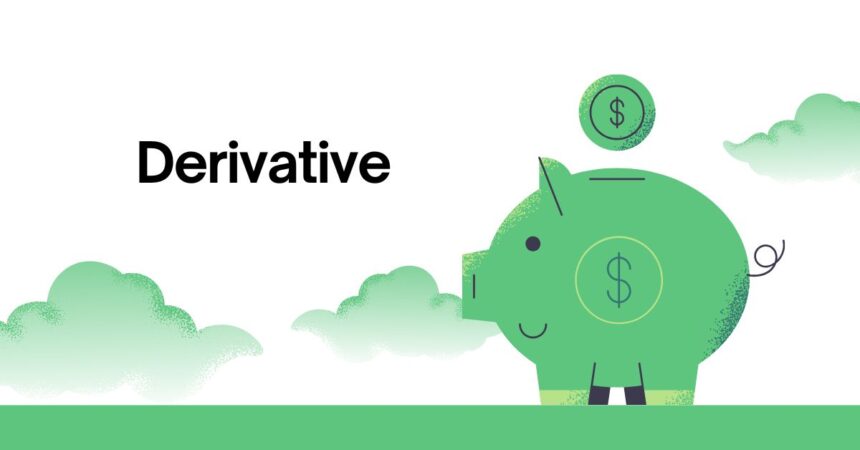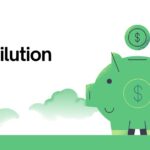A derivative is a financial contract whose value depends on an underlying asset, such as stocks, bonds, commodities, interest rates, or currencies. Investors and businesses use derivatives to hedge risks, speculate on price movements, or gain exposure to various financial instruments.
For example, an airline company might use futures contracts to lock in fuel prices and protect against price fluctuations.
Key Takeaways
- Derivatives are financial contracts whose value is derived from an underlying asset.
- They help investors hedge risks or speculate on market price movements.
- Examples include futures, options, swaps, and forwards.
- Real-world use case: Airlines use fuel futures to stabilize operating costs.
Types of Derivatives
- Futures Contracts: Agreements to buy or sell an asset at a future date for a fixed price. Used for hedging against price changes.
- Options Contracts: Give the holder the right (but not the obligation) to buy or sell an asset at a set price before a specified date.
- Swaps: Contracts in which two parties exchange financial instruments, like interest rate swaps or currency swaps.
- Forward Contracts: Customized agreements between two parties to buy or sell an asset at a future date for a predetermined price.
Real-World Examples of Derivatives
- Hedging Risk: A coffee producer might use futures contracts to lock in coffee prices, protecting against price drops.
- Stock Market Speculation: Traders use options contracts to profit from price movements without buying the actual stock.
- Currency Risk Management: Companies dealing in international trade use currency swaps to protect against exchange rate fluctuations.
- Interest Rate Swaps: Banks and corporations use swaps to manage loan interest rate risks.
Pros and Cons of Derivatives
Advantages:
✔️ Help investors hedge against financial risks.
✔️ Provide leverage, allowing greater returns with less capital.
✔️ Improve market efficiency by balancing price fluctuations.
Disadvantages:
❌ High volatility, leading to potential losses.
❌ Require expertise, making them complex for beginners.
❌ Overleveraging can cause significant financial instability.
Example of Derivative Use in Business
A car manufacturing company imports steel, and steel prices fluctuate daily. To protect itself from sudden price hikes, the company enters into a futures contract with a steel supplier. This ensures a fixed price, stabilizing costs and profits.
Derivatives play a crucial role in financial markets by offering risk management and investment opportunities. While they provide significant advantages, they also require careful use due to potential risks.





